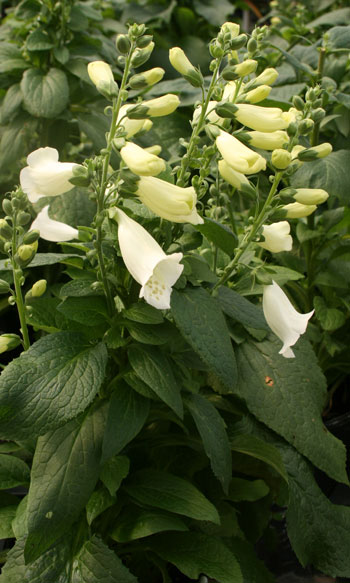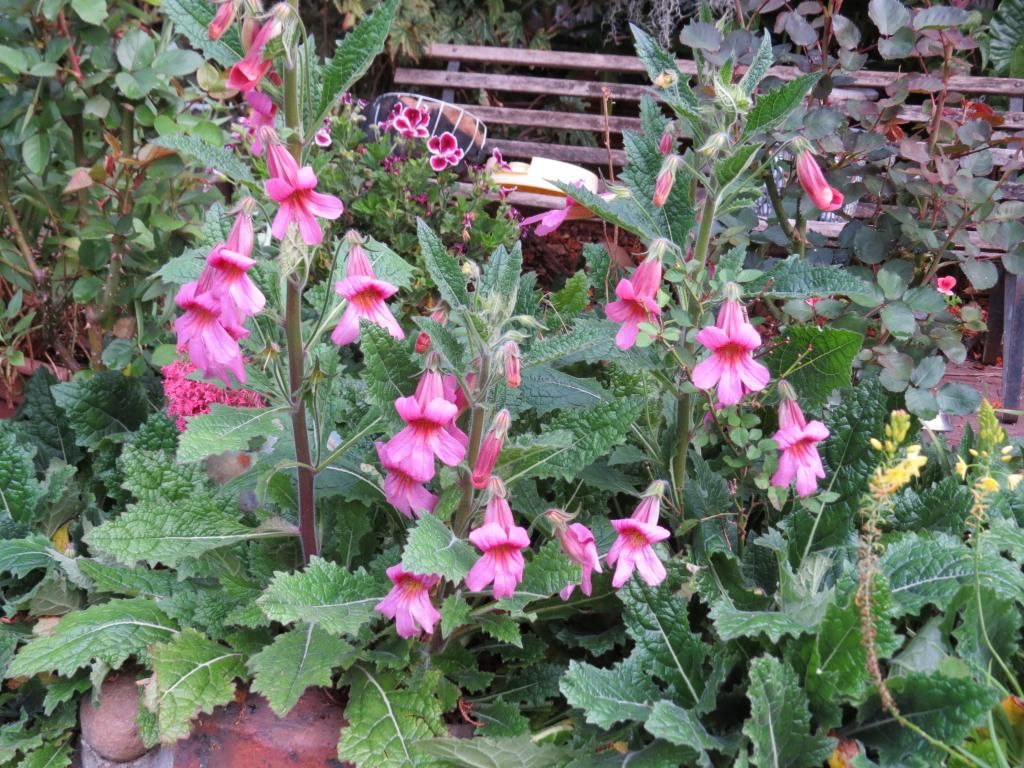This time, we’re going to talk about Foxglove Tree Annual Or Perennial. There is a lot of information about Paulownia Tomentosa Seeds Hardy Foxglove Tree Flowering Garden Plants Easy to Grow Your Own at Home 1 Packet (100 Seeds) by Thompson and Morgan on the internet, of course. Social media are getting better and better quickly, which makes it easier for us to learn new things.
Paulownia tomentosa | Fox Glove Tree | 9L Pot | 120-150cm and Wisconsin Horticulture are also linked to information about T Rex Plant. As for other things that need to be looked up, they are about Empress Tree and have something to do with Paulownia (Foxglove Tree) tomentosa.

9 Unexpected Facts About Foxglove Tree Annual Or Perennial | Paulownia tomentosa | Fox Glove Tree | 9L Pot | 120-150cm
- The main bloom time is in early summer but occasionally additional flower stems are produced later in the season, especially if the main flower stalks are cut after blooming. Pollinated flowers are followed by a rounded fruit capsule which splits open at maturity to release the numerous small brown, ridged seeds.Each plant can produce 1-2 million seeds which will readily self-seeding under favorable growing conditions. Deadhead after flowering to avoid excess numbers of seedlings but some flowers must go to seed to maintain a permanent planting as if they were perennials. - Source: Internet
- Johnson-Arbor recommends several simple safety precautions: planting foxglove at a distance from any edible plants, so there’s no chance of confusing it with salad greens, and keeping the growing plants or cut blooms out of reach of children and pets. “Touching the plant will not cause toxicity but eating it can result in significant toxicity or even death,” she says. “The best way to avoid getting poisoned by foxglove is to not eat it. Instead, admire this beautiful plant from afar!” - Source: Internet
- Use common foxglove to add a bold, vertical dimension to perennial flower beds, shade gardens, and cottage gardens, particularly in front of a solid background, such as a building, hedge or shrubs where they will really stand out. They also naturalize readily in woodland gardens. Mass plantings can be very effective. - Source: Internet
- The toxin appears in the leaves, flowers, and all other parts of the plant, and isn’t mitigated by steeping or cooking. “The leaves are similar in appearance to baby spinach and comfrey; people have experienced significant illness and death after mistaking foxglove for these two plants,” says Johnson-Arbor. “The initial symptoms of foxglove and digitalis poisoning may involve nausea, vomiting, and seeing yellow halos around lighted objects. Interestingly, some people think that Vincent Van Gogh was prescribed digitalis prior to his death, and this is why many of his paintings have vivid yellow halos present.” - Source: Internet
- The Digitalis genus includes more than 20 types of plants and shrubs, but, says Dooling, “When people think of foxgloves, they are usually thinking about Digitalis purpurea, the common foxglove, native to Europe and found in most parts of the temperate world. The flowers are tubular, often speckled but sometimes clear, and bloom in shades of purple, rose, pink, apricot, yellow, white or bi-color.” The flowers thrive in areas with full sun or part shade and prefer well-drained soil that’s not too wet or too dry—so they are equally happy in containers or in ground plantings. - Source: Internet
- Common foxgloves are biennial plants, which means that unlike perennials, which come back each year, and annuals, which last only a single season, the plant takes two years to fully flower before finishing its life cycle. “Most people misunderstand the nature of foxgloves, expecting them to behave as their perennial plants would and reliably bloom year after year,” says Dooling. Look for your plant to grow “a rosette of foliage in its first season before developing tall spikes of large, bell-shaped flowers in the second season,” says Dooling. “First year rosettes can be moved throughout the season easily, so you can enjoy their flowers the next season where you want them.” - Source: Internet
- Brightly colored, bell-shaped foxglove flowers look just as good in the ground as they do in container gardens. What’s more, they’re easy for both amateur and expert gardeners to grow at home. “Foxgloves are versatile plants that add drama, color, and vertical interest to the garden,” says Adam Dooling, curator of outdoor gardens and herbaceous collections at the New York Botanical Garden. “They can be used in a variety of settings, from conventional bedding-out, to mixed perennial borders, ‘wild’ plantings, and container displays.” - Source: Internet
- The plants grow well from seeds or cuttings—in shady spots, you may need to stake larger stalks—and will bloom for two to three months starting in late spring. “The foxgloves’ bloom period from late spring to early summer means they will provide color to overlap between your spring bulbs and summer-blooming perennials,” says Dooling. “They are a favorite of Lepidoptera—the order of moths and butterflies—so they will also add value to the wildlife in your garden. Foxgloves also make for stunning vertical elements when used in container displays, their need for drainage making them perfectly suitable for growing in pots.” - Source: Internet
- But before you add the plants to your spring garden, it’s important to understand their growing needs, blooming schedule, and—most critically—their toxicity. “Knowing their nature, and how to best utilize them, will reward the gardener sevenfold—sometimes with seedlings in the most unexpected of places,” says Dooling. “This spontaneity is part of the joy of growing foxgloves.” - Source: Internet

Here are a few tips to help you find information about foxglove tree annual or perennial:
- Look for good places to get information about foxglove tree annual or perennial. This can be done in libraries, on websites, or even by paid journalists.
- When looking for information about Everything You Need to Know About Foxgloves, it’s important to know that there are different kinds of online sources, like Google and YouTube. Social media sites like Facebook and Twitter are also good places to look for information about Everything You Need to Know About Foxgloves.
Video | Foxglove Tree Annual Or Perennial
To get the best information about Wisconsin Horticulture, you should read to find out how true each source is.
This article has a few videos from different places about foxglove tree annual or perennial that will help you learn more about it. The Internet is a great place to find out about a wide range of things.
## Here are some crucial aspects concerning Paulownia (Foxglove Tree) tomentosa:- Foxglove Tree Annual Or Perennial
- Paulownia Wind Tolerance
- Empress Tree
- T Rex Plant
- Tropical Hardy Plants

With so many websites and forums that talk about T Rex Plant, it shouldn’t be hard to find what you need.
Most people are used to getting information about Paulownia Wind Tolerance in a very different way than this. It lets you look at the information about Tropical Hardy Plants and how it can be used in more detail.
 ways to put information about Wisconsin Horticulture in a way that looks good and is useful. They can be used in business and marketing, and they can also be used to talk about Paulownia tomentosa | Fox Glove Tree | 9L Pot | 120-150cm. So, we also give you some pictures about Paulownia Wind Tolerance.
ways to put information about Wisconsin Horticulture in a way that looks good and is useful. They can be used in business and marketing, and they can also be used to talk about Paulownia tomentosa | Fox Glove Tree | 9L Pot | 120-150cm. So, we also give you some pictures about Paulownia Wind Tolerance.
In the end, this article gives a summary of foxglove tree annual or perennial. Also talked about are Paulownia Wind Tolerance and Blue Spring flowers of the hardy foxglove tree, Paulownia tomentosa., which you can use to compare how much you know about Everything You Need to Know About Foxgloves.